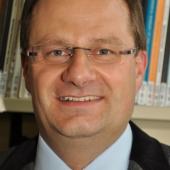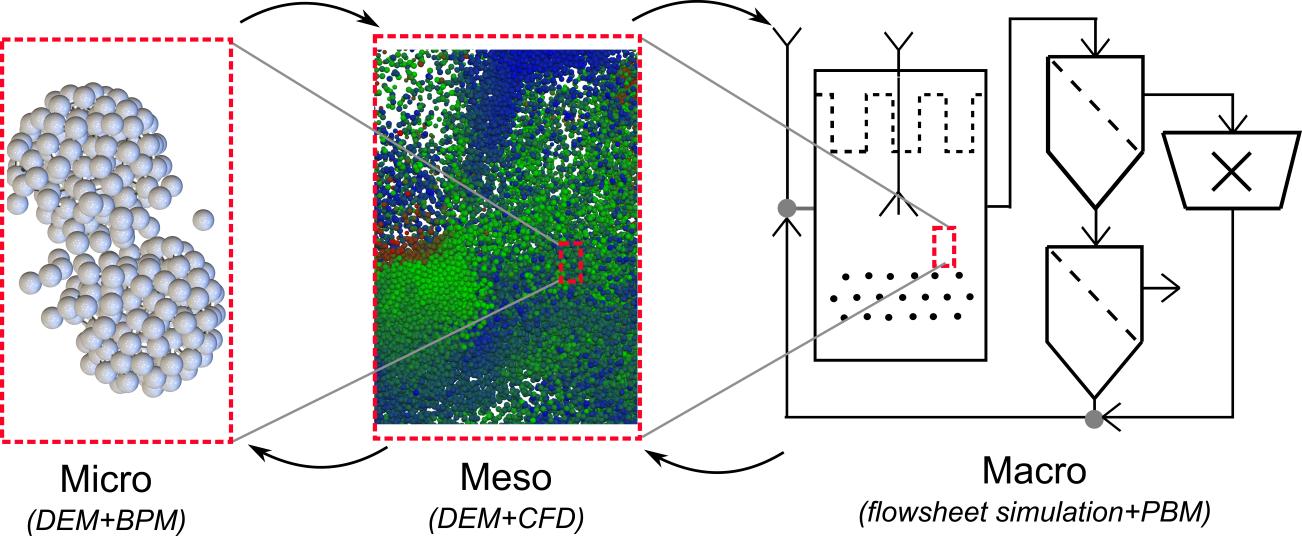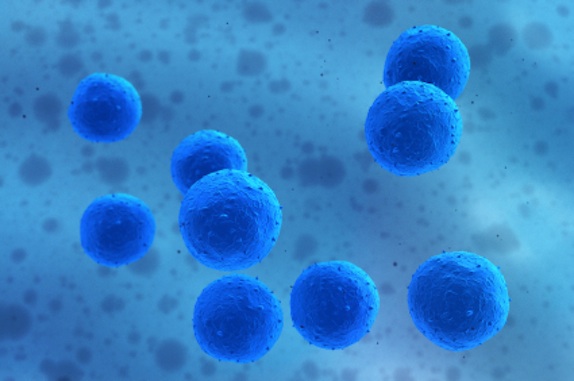
Please join us for for a keynote dedicated to the academic side of particle science and attrition. Dr. Stefan Heinrich of the Hamburg University of Technology will deliver one of two keynotes at the 2016 Frontiers in Particle Science & Technology Conference.
Multiscale Strategy to Describe Breakage and Attrition Behavior of Agglomerates
Dr. Stefan Heinrich, Hamburg University of Technology
During transportation, processing, storage and handling particles are mechanically stressed due to particle-particle and particle-wall contacts, which can lead to unwanted breakage or attrition phenomena and formation of dust that may reduce the product quality.
In this contribution a coupling between different time and length scales within a multiscale strategy for the prediction of agglomerates deformation, breakage and attrition behaviour is presented [1]. This approach is based on modern experimental and numerical techniques by taking into account various mechanical loading conditions, such as compression, tension, shearing, bending and impact. By using different experimental setups, e.g. single particle compression tester, pneumatic impact gun, free fall apparatus, shear and attrition tester, the basic mechanical properties of single particles and particle collectives under static and dynamic as well as for dry and wet conditions are obtained. These are namely the modulus of elasticity (Young’s modulus), stiffness, yield point, hardness, strength, cohesion, friction, restitution coefficient [2], breakage energy, breakage function and flowability. Based on the experimental data contact models to describe the mechanical interaction of solids particles sized from few micrometers to the millimeter range are developed. Moreover, the breakage criteria of the particles and agglomerates can be described depending on the microstructure (porosity, packing structure and adhesion mechanisms of primary particles) and material parameters (elastic, elastic-plastic or plastic behavior, viscoelasticity and glass transition temperature).
The numerical calculations on the microscale, the lowest hierarchy scale, are performed with the in-house developed simulation framework MUSEN, which is based on the Discrete Element Method (DEM). The DEM has been extended with Bonded Particle Model (BPM) [3], where agglomerates have been represented as a set of primary particles connected with solid bonds (Fig. 1). After model validation and estimation of material parameters, the analysis of the agglomerates breakage behavior under different impact conditions is performed. On the mesoscopic scale the dynamics of particles in the apparatus is calculated with coupled DEM+CFD [4] approaches (Fig. 1). The coupling between meso and micro scales allows approximating parameters for the Population Balance Model (PBM) applied to simulate processes on the macro scale.
Finally, we will show the applicability of our model strategy for fluidized bed systems with special focus on fluidized bed spray granulation and coating.
[1] M. Dosta, S. Antonyuk, S. Heinrich (2013). Multiscale simulation of agglomerate breakage in fluidized beds, Ind. Eng. Chem. Research 52.
[2] B. Crüger, V. Salikov, S. Heinrich, S. Antonyuk, V.S. Sutkar, N.G. Deen, J.A.M. Kuipers (2015). Coefficient of restitution for particles impacting on wet surfaces: An improved experimental approach, Particuology, in press.
[3] S. Kozhar, M. Dosta, S. Antonyuk, S. Heinrich, U. Bröckel (2015). DEM simulations of amorphous irregular shaped micrometer-sized titania agglomerates at compression, Advanced Powder Technology 26.
[4] L. Fries, S. Antonyuk, S. Heinrich, S. Dopfer, S. Palzer (2015). Collision dynamics in fluidized bed granulators – A DEM-CFD study, Chemical Engineering Science 86.

